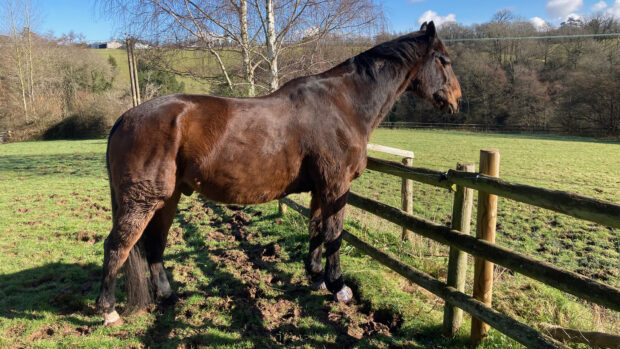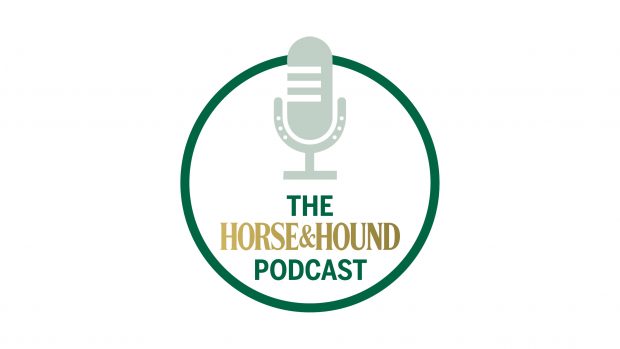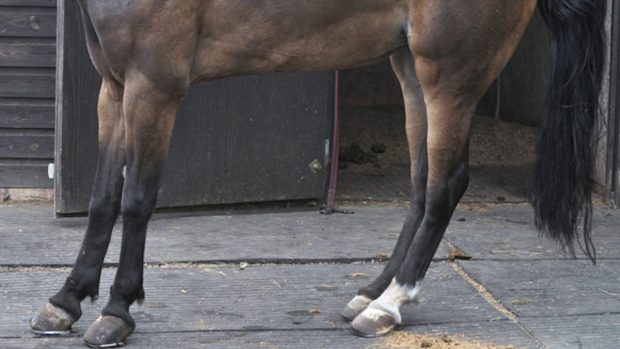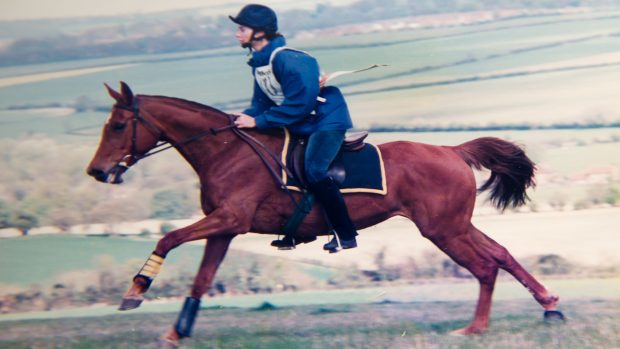Cushing’s disease
Equine Cushing’s disease, or Pituitary Pars Intermedia Dysfunction (PPID), is often confused with the normal ageing process in horses, but it is caused by the abnormal enlargement of the pituitary gland at the base of the brain. This gland controls the nervous system, which produces the chemical messengers (hormones) that affect other parts of the body. In this disease, an excess of these hormones are produced, confusing the rest of the body, particularly the adrenal glands.
Signs of equine Cushing’s disease include:
- Excessive thirst (or polydipsia)
- Excessive urination (or polyuria)
- Weight loss and muscle wastage, with loss of topline in particular
- Sway backed or pot-bellied appearance
- Abnormally long, ‘curly’ coat
- Persistent sweating
- Extra fat accumulating around the eyes (giving a ‘pop-eyed’ appearance)
- Increased appetite without any obvious weight gain
- Laminitis
- Persistent infections, often involving the skin, feet or respiratory system
- Lethargy and dullness
- Production of milk in mares who have not had a foal
- Infertility
The signs suggest that it would be easy to recognise Cushing’s disease, but because these changes come on gradually owners often assume their horse is just growing older rather than developing an illness.















